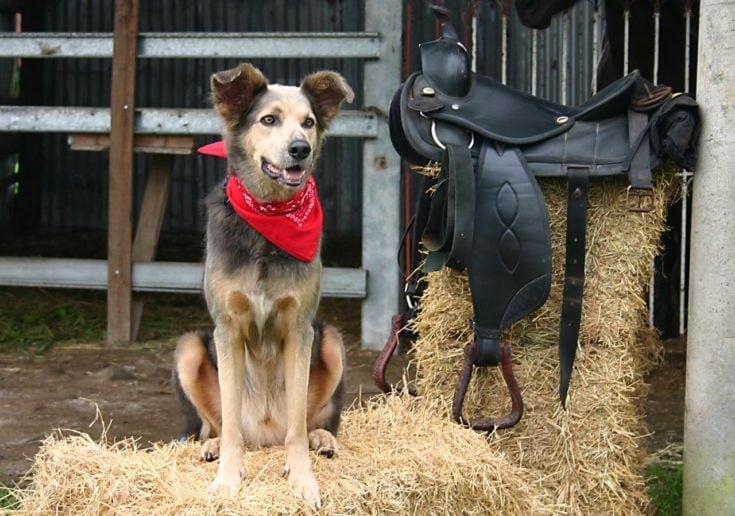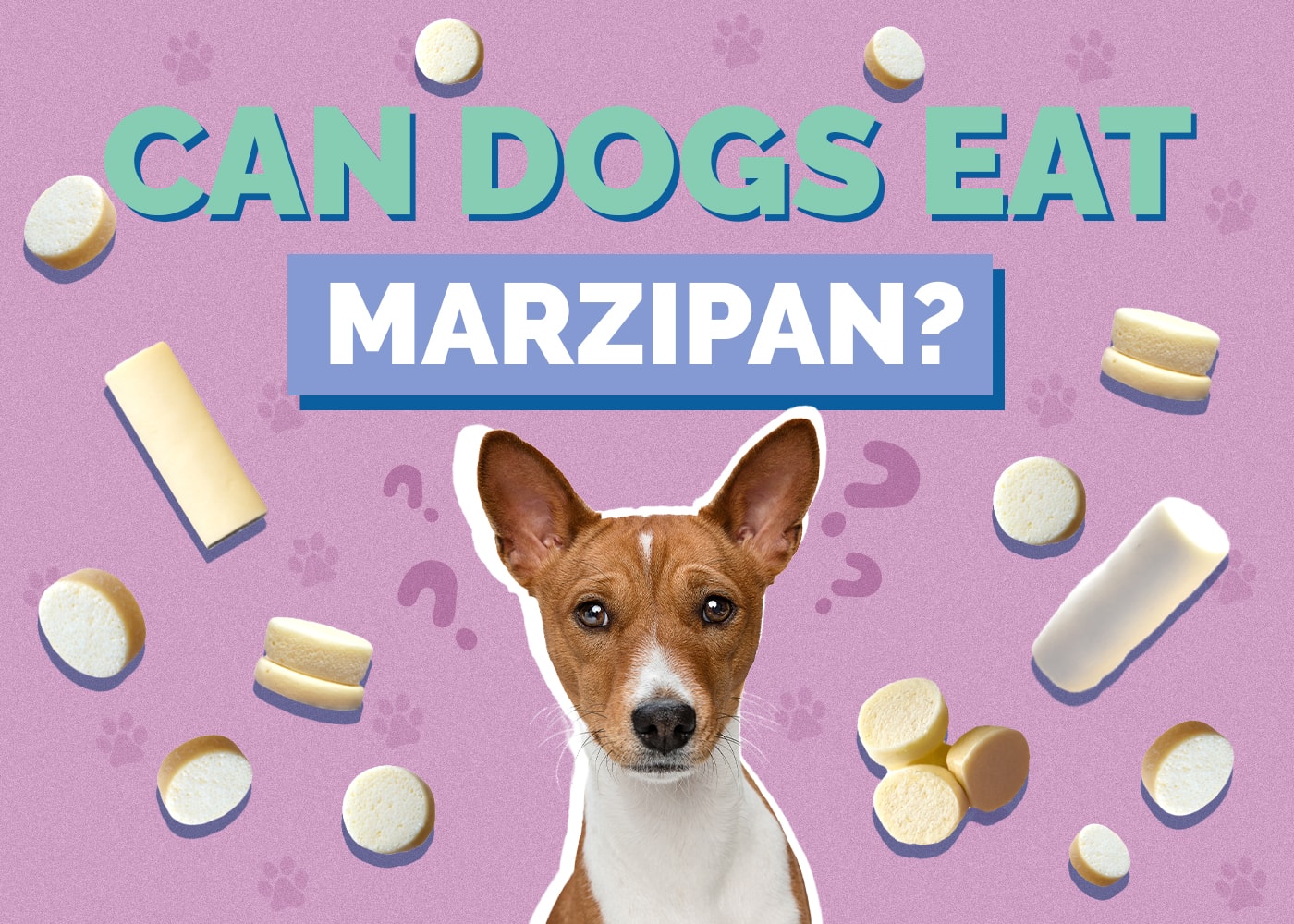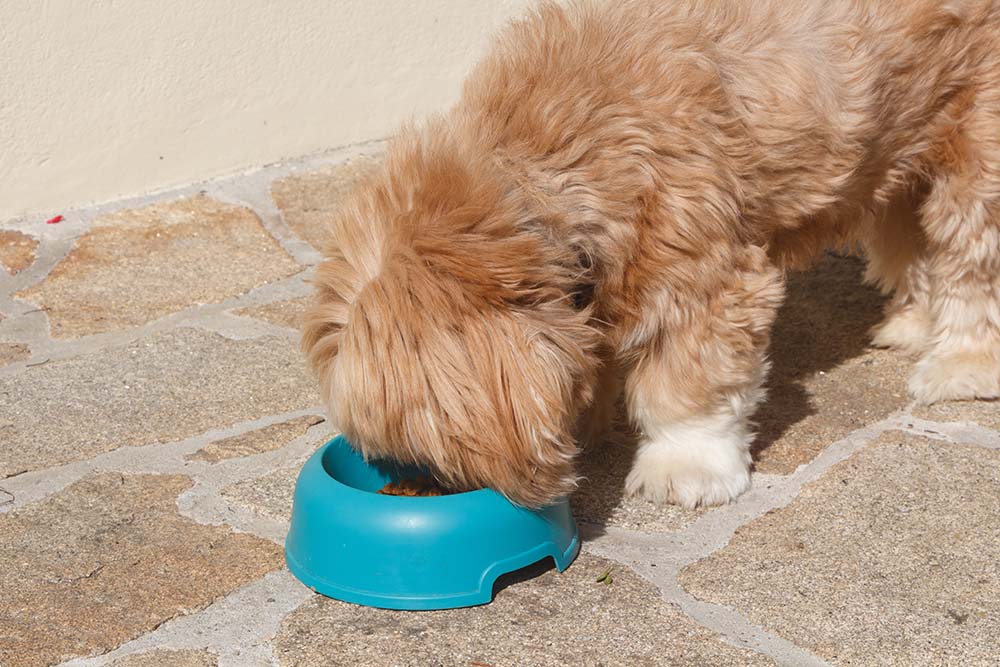Brussels Griffon: Pictures, Info, Temperament & Traits

Updated on
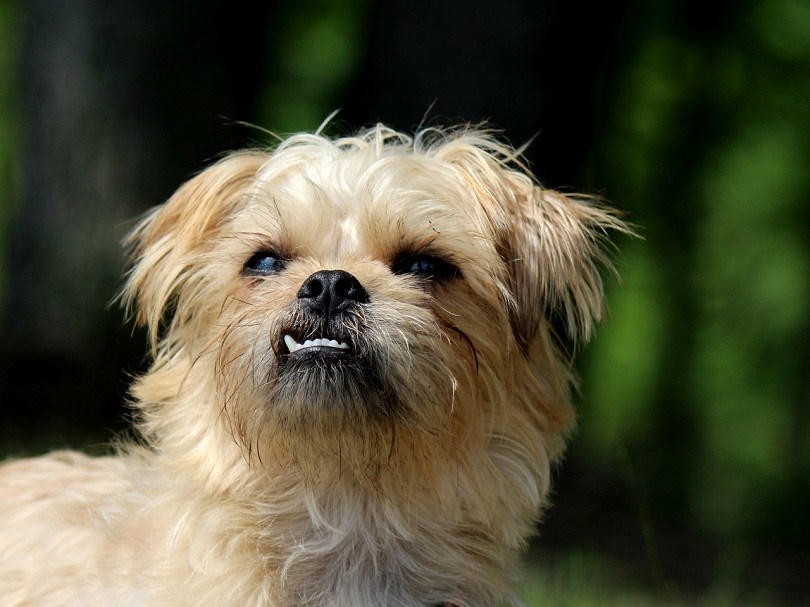
Click Below to Skip Ahead
The Brussels Griffon is a purebred dog that was first bred in Belgium to catch rats. Its small size, affable nature, and intelligence saw it become a popular companion breed. Today, it is most often kept as a pet, although it is not a particularly common breed. It can live in an apartment, but it is quite a lively dog and would also benefit from living in a house with access to a garden or outdoor yard area.
Breed Overview
| Height: | 8–10 inches |
| Weight: | 8–12 pounds |
| Lifespan: | 10–15 years |
| Colors: | Black, tan, brown, blue, red |
| Suitable for: | Apartment or house dwellers with plenty of time to spend with their companion |
| Temperament: | Friendly, loving, intelligent, somewhat stubborn |
The physical appearance of the Brussels Griffon is its most notable feature. It is sometimes known as the “Chewbacca” dog, due to its similarity to the Star Wars Wookie. There are both smooth and rough-coated Griffons and the breed can come in a few colors, although black and tan is the most common combination.
It does have a lot of energy and the Griff enjoys spending time with its owners, which means it can also suffer some separation anxiety if left alone too long. The intelligent breed does have a stubborn side, but this can be overcome with patient and positive training techniques.
Brussels Griffon Breed Characteristics
Brussels Griffon Puppies
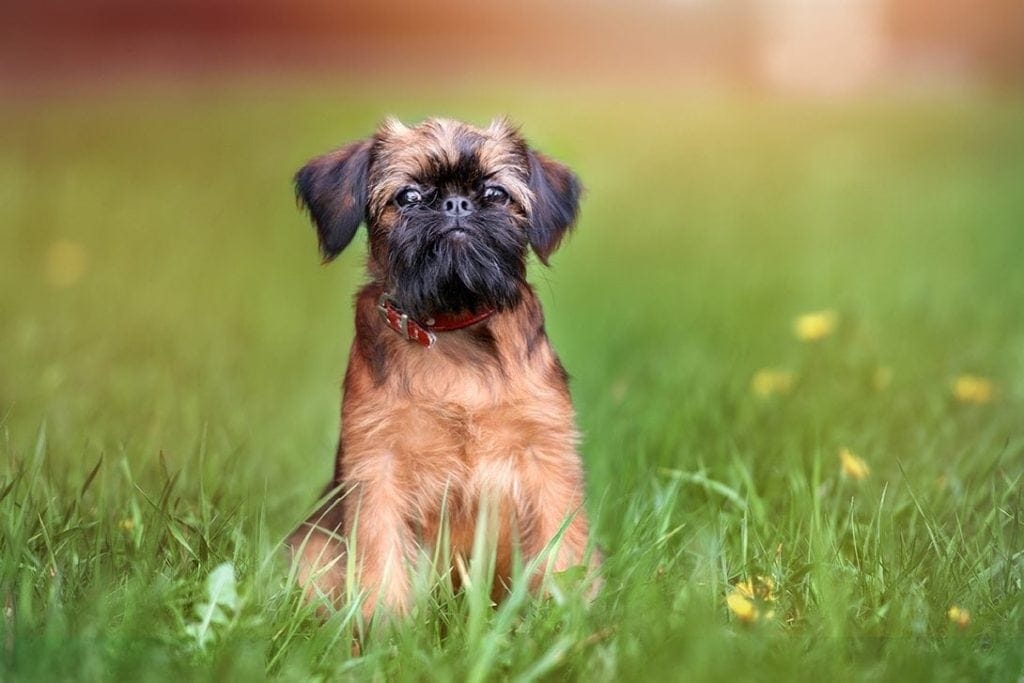
Although they are undeniably cute and are popular with their owners, Brussels Griffons remain quite rare dogs, especially outside Belgium, where they originate, and the rest of Europe. However, some breeders do specialize in this breed.
They are purebred dogs, which means that you will have to pay a fair premium. When choosing a breeder, do your due diligence. Try to find reviews from other owners who have experience with the breeder. Ensure that you visit the premises where the puppies are raised. Ask questions about the health of the puppy and its parents and ensure the parents have been screened for any common problems with the breed. When meeting the puppy, it should be alert and inquisitive, although it will likely still look to its mother for social cues.
Because this is a purebred dog, it is rare to find Brussels Griffons in rescues, although you may be able to find some with breed-specific shelters. In these cases, talk to the rescue to find out about the general character of the dog and ask whether it has been tested with other dogs, cats, and children. Ask to meet the dog, have your other dogs meet it, and take it out for a walk to see if you get along.
The Brussels Griffon is a confident breed, but it can be aloof with strangers. This means you will need to socialize the puppy when it is young to ensure that it doesn’t become too anxious around people it doesn’t know and so that it will know how to act when meeting new people. The breed is also somewhat stubborn, although definitely intelligent, so early training is also very important.
Temperament & Intelligence of the Brussels Griffon
The Brussels Griffon was originally bred to hunt rats and other vermin. It is a terrier-like breed, which means that it has a terrier-like temperament. It is lively and active, enjoys running around, and has plenty of energy. The breed has also been kept as a companion dog for many years, and its temperament matches that of other companion toy breeds. It is sometimes referred to as a “Velcro dog” because it will follow its owners around. You need to be comfortable with a dog that will be next to you, behind you, or on you at virtually all times, if you are considering a Griffon.
Although not usually aggressive, the Brussels Griffon can be aloof with strangers. It may stand back and let you take the lead around new people, but with socialization, you can raise a dog that gets along with everybody it meets.
The size of the breed means it can live in an apartment, but its energy levels mean that it will still require plenty of exercise. Exercise can take the form of walks, or you can enlist your dog and yourself in canine sports to help burn off some of that energy.
Are These Dogs Good for Families? 👪
The Brussels Griffon has many qualities that make it a good family dog. It loves its humans and will form a close bond with all family members. It is lively and energetic so will particularly enjoy the company of family members who are willing to play with it. It is confident and won’t shy away from smaller children, but its size means that it can be easily injured, by accident, so you will need to teach children how to treat small dogs respectfully.

Does This Breed Get Along with Other Pets?
Similarly, the confident little breed usually gets along with other dogs and while it was raised to hunt vermin, it shouldn’t pose too much of a threat to family cats. In fact, the size similarity means that the Brussels Griffon may befriend your cat.
It is a lively breed, though, so you will need to make introductions very slowly when bringing the Griffon home to meet your cats. If it chases an adult cat on the first meeting, future meetings can become even more challenging. Ensure the cat has an escape route away from your dog and somewhere it can go out of the reach of your dog.
Things to Know When Owning a Brussels Griffon:
The Brussels Griffon can make an excellent pet for the right owners, but no breed is perfect for all people. The Griffon is small, but it has a lot of energy and is a lively pup. It can also be a little stubborn, which can make training a bit of a challenge. And because it is so devoted to its humans, it can struggle if left for long periods.
Food & Diet Requirements 🦴
This small breed will typically eat about a cup and a half of dry kibble every day, although you may have to feed a little more or less depending on factors like exercise levels and general health. It doesn’t need a special diet, although it is a good idea to feed a kibble that is designed for small breeds because it will have appropriate protein and other nutrients and the kibble size will be smaller and easier for a toy breed to manage.
Alternatively, you can feed canned food. Canned food doesn’t tend to last as long as dry food but is more palatable and appealing to the dog. It can be fed exclusively or combined with dry kibble. If you do feed both types of food, ensure you reduce the amount that you feed, or your dog will become overweight and may eventually become obese.
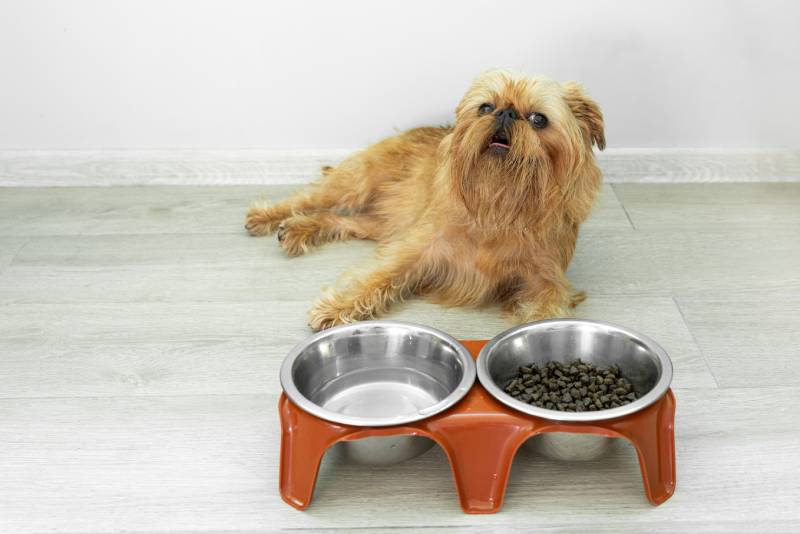
Exercise 🐕
The breed is small, but it is also very energetic and lively, and it does need regular exercise to stay fit and to manage its weight. Expect to provide around 45 minutes of walks per day. Ideally, this should be split into two walks. Regular walks not only help keep your dog fit and healthy they can also help calm the dog’s behavior and prevent unwanted behavioral issues.
The Griffon might be small, but it can do very well in some canine sports. Its intelligence and energy levels make it a good breed for agility.
Training 🎾
The Brussels Griffon is considered an intelligent breed, which means it can learn new commands, including some more complex ones. And it should learn good manners. However, the breed is also known for being somewhat stubborn and this can derail training efforts. You will need to show patience and use positive training methods to get the best results with the breed.
Try to make training sessions fun and playful. Offer lots of verbal and physical praise because the Griffon loves its humans and will respond well to this kind of reward.
Grooming ✂️
There are two recognized types of Brussels Griffon—smooth and rough-coated. The smooth-coated variant will need brushing weekly to prevent knotting of the hair. The rough-coated Brussels Griffon is harder to brush, but neither the smooth-coated nor the rough-coated are heavy shedders.
Clip nails approximately every 2 or 3 months, or when you can hear the nails clicking on wooden floors. Be careful not to trim too far down or it will cause discomfort and pain and may cause bleeding.
Teeth also need brushing, even if you feed dry kibble and dental treats. These can help, but nothing replaces regular brushing. Aim to brush your dog’s teeth at least three times a week but ideally every day.
- Also see: Best Dog Shampoos – Reviews & Top Picks
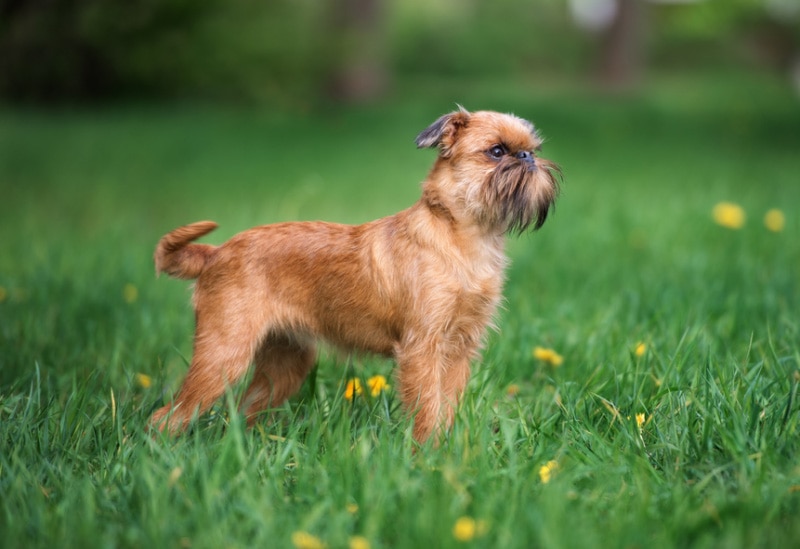
Health and Conditions 🏥
This terrier-like breed is a generally healthy breed but, like most breeds, there are certain conditions and ailments that the Brussels Griffon is prone to. In particular, they are prone to bone and joint problems as well as some heart conditions and eye defects.
- Allergies
- Kidney Problems
- Bone Conditions
- Hip Dysplasia
- Heart Problems
Male vs Female
Generally, males will grow to be a little taller and slightly heavier than females. Males can form stronger bonds with their humans, are not as territorial, and tend to adapt to new situations, people, and animals more quickly than their female counterparts.
3 Little-Known Facts About the Brussels Griffon
1. They Were First Bred in the 19th Century
These small terrier-like dogs were originally bred in Belgium to hunt vermin. They were used especially in stables to catch rats that lived around horses, and they were developed by breeding Affenpinschers, Pugs, and English Toy Spaniels. Their small size meant they could follow rats through holes, and they could go about their chores without getting in the way of the horses.
However, it didn’t take long before their attractive looks and quirky features made them popular as companion dogs. Today, they are more likely to be seen being walked on a leash or following their owners around the house, than in stables chasing rats. However, they do retain some of their terrier qualities, so you can expect a Griffon to chase small animals or anything that they perceive to be small animals.
2. They Are Sometimes Referred to As Chewbacca Dogs
The facial features and coat of the Brussels Griffons have led to them being lovingly referred to as Chewbacca dogs. However, Chewbacca was actually based on an Alaskan Malamute. The Brussels Griffon is said to have been the inspiration behind the look of the Ewoks, though.
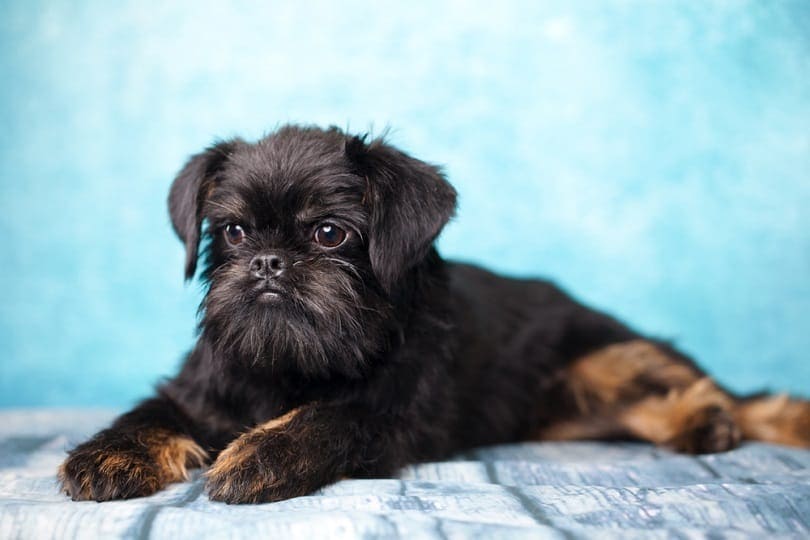
3. Brussels Griffons Can Be Stubborn
The breed is intelligent but like any good terrier, it can also be quite stubborn. This combination means that while it is very possible to train a Brussels Griffon, it can take time, patience, and a lot of rewards, treats, and positive reinforcement. Although this may put some first-time owners off, a little patience really does go a long way, and the breed makes up for its stubbornness with its loyalty and devotion to its human family.
Final Thoughts
The Brussels Griffon is a toy breed that was originally bred as a rat hunter. It is more of a companion breed, today, but it does retain the stubborn nature of a terrier, along with the high energy levels of the breed. The Griff can make a great pet for the right owner. It will form a very close bond with its humans, typically following them everywhere around the house, and it is a fun and lively little breed.
It can live in an apartment, due to its size, but will also do well in a house with access to a garden, due to its high energy levels. If you do have a garden, you will need to ensure that it is secure to prevent this lively little pup from trying to make a break for freedom.
See Also:
- 180 Amazing Names for Brussels Griffons – Great Games for Your Adorable Pooch
- 10 Best Treat Dispensing Dog Toys
Featured Image Credit: PublicDomainPictures, Pixabay





